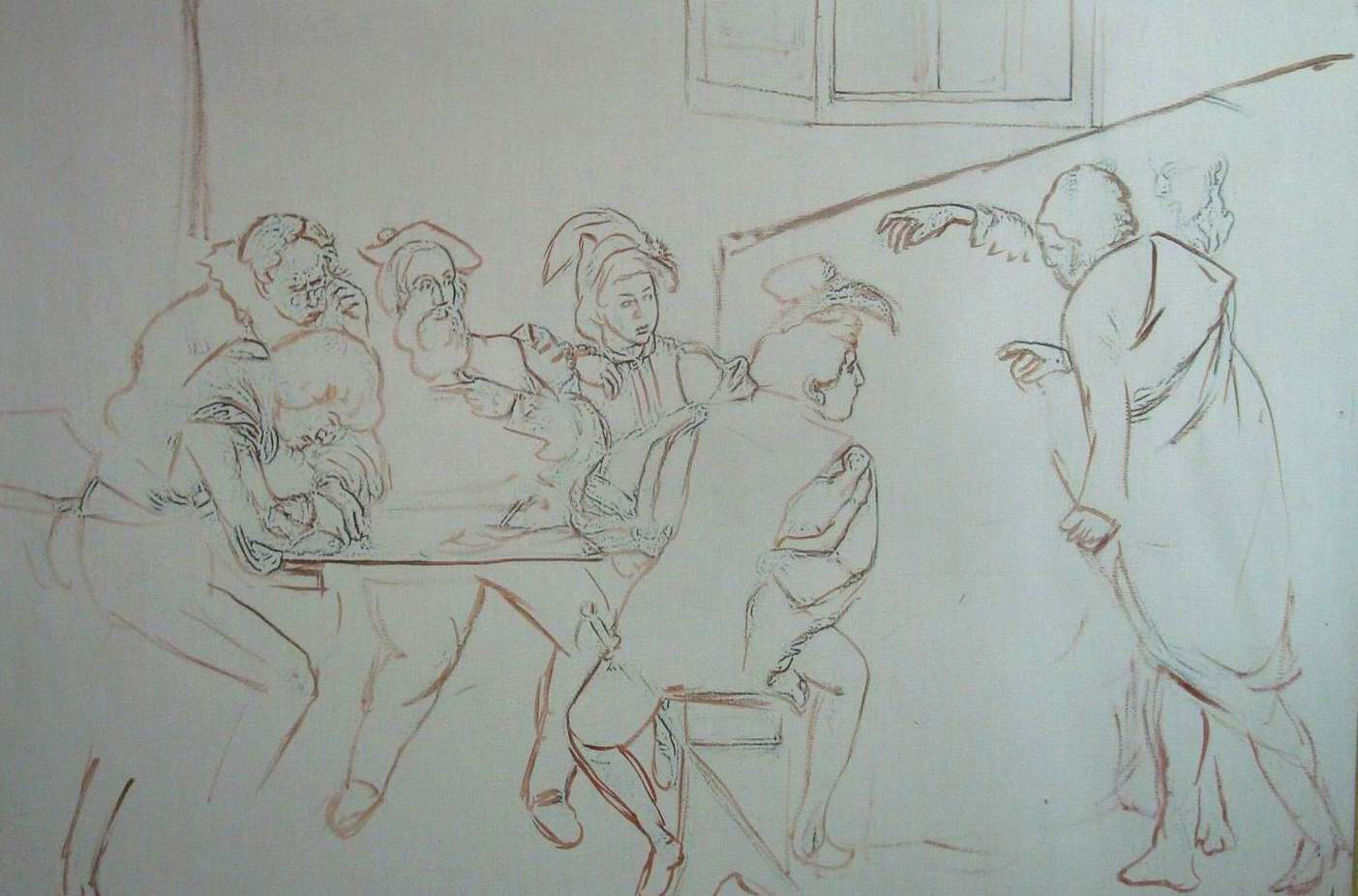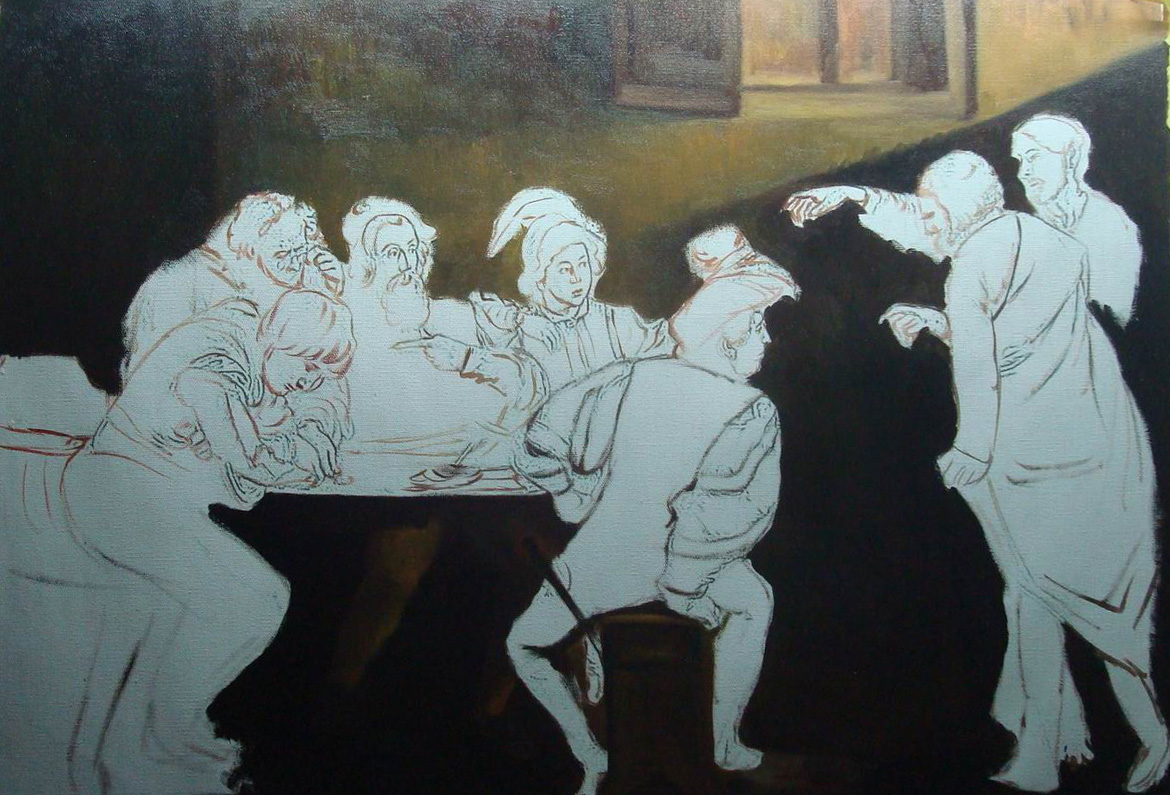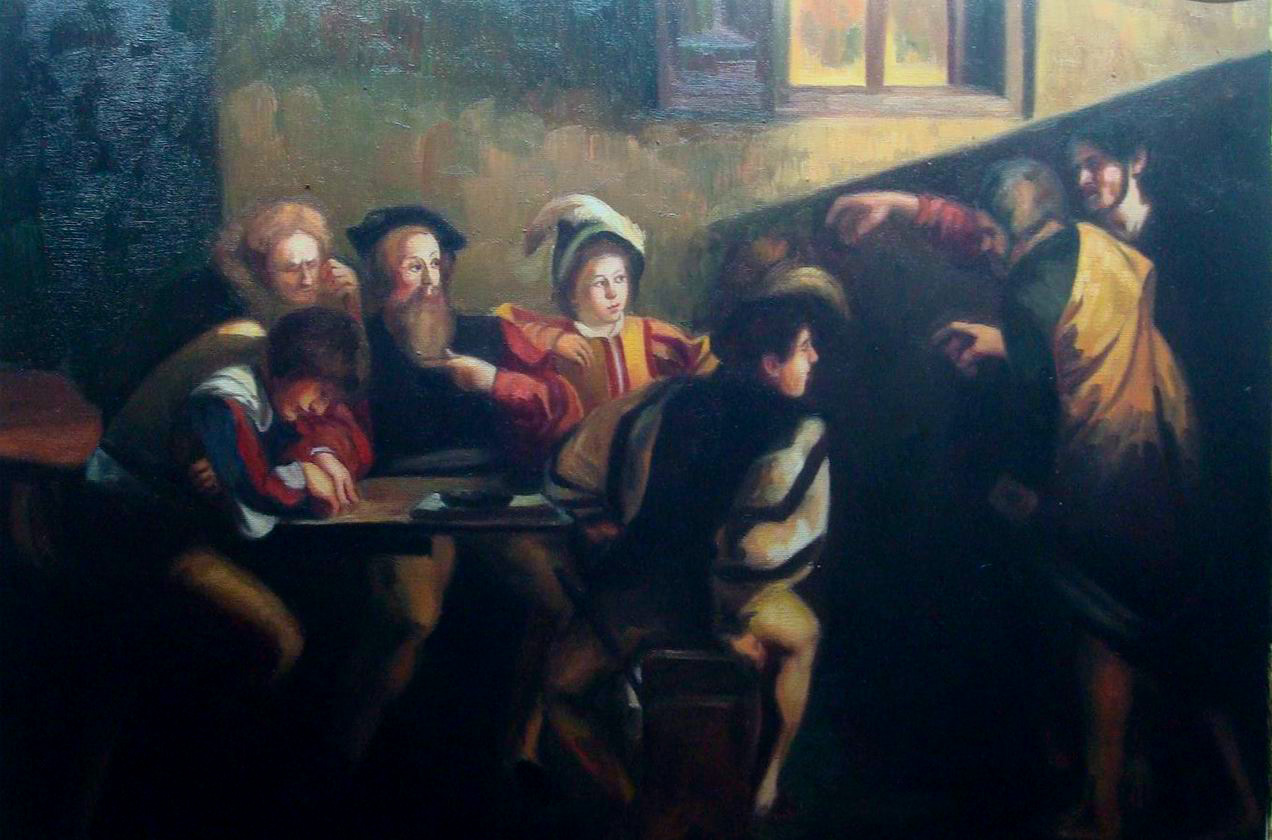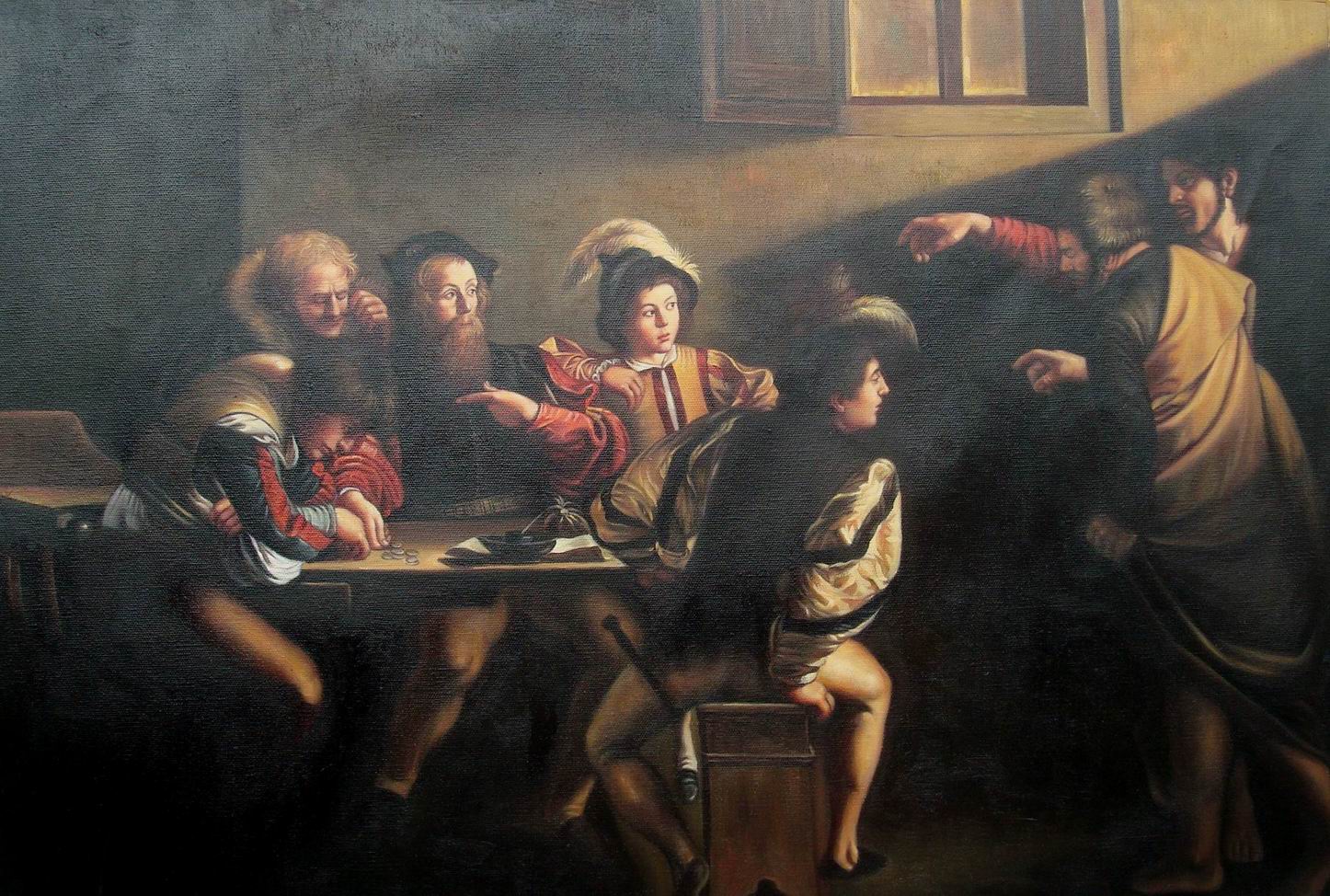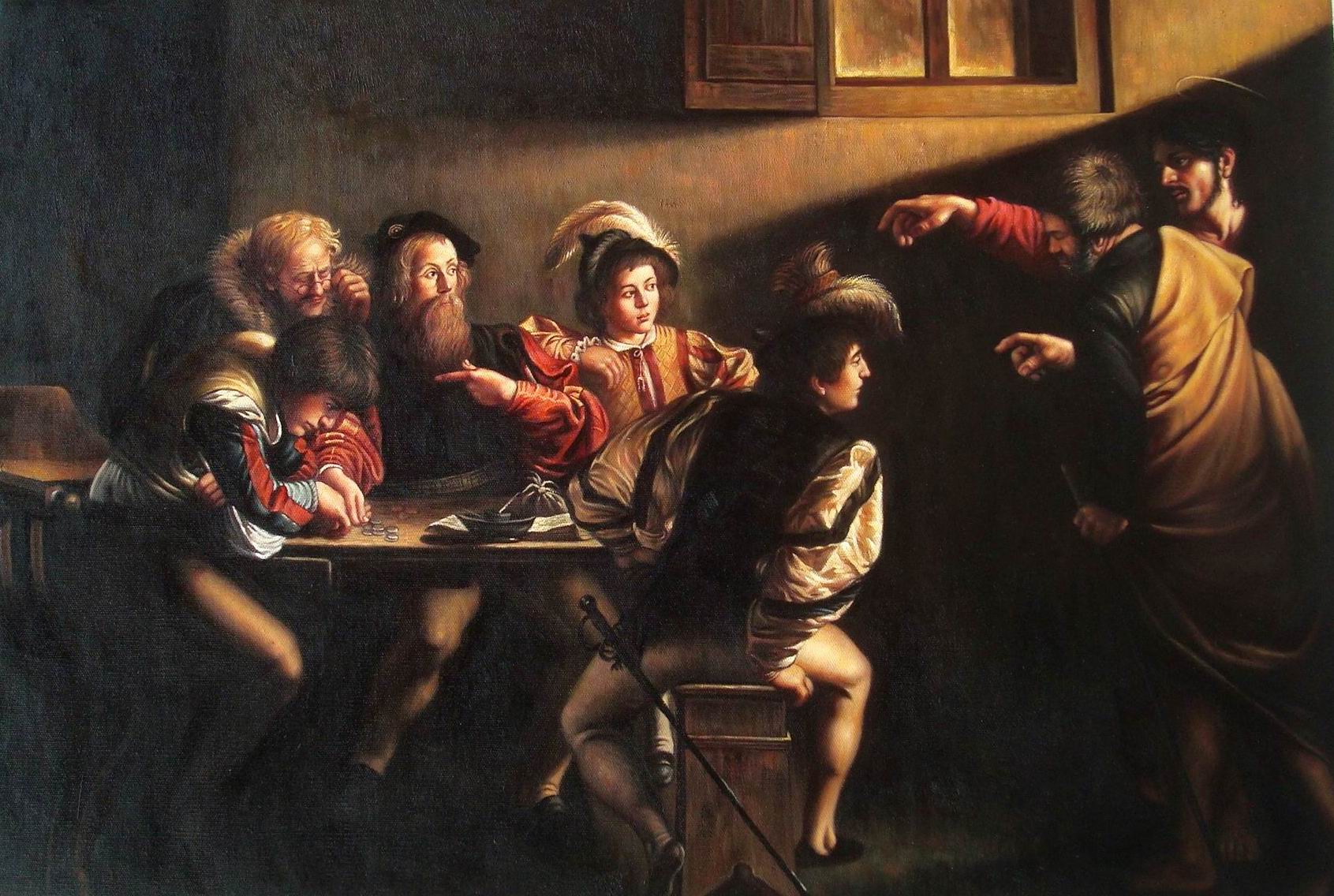Step 5 – Final Touches and Completion:
In the final stage, the artist steps back to assess the painting as a whole. Any adjustments to color, contrast, or composition are made at this point. Smaller details and finishing touches are added, such as highlights, shadows, and accents, to bring the painting to life. Once satisfied with the result, the artist signs their name, marking the completion of the artwork. The painting is then allowed to dry thoroughly before varnishing to protect the surface and enhance the colors.
